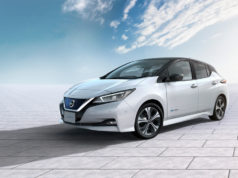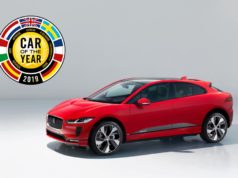Hyundai Motor Group announced the development and future commercialization of the world’s first multi-collision airbag system. It significantly improves airbag performance in multi-collision accidents. Multi-collision accidents are those in which collisions with secondary objects follow the primary impact. Such objects are trees, electrical posts or other vehicles, which occurs in three out of every 10 accidents. Current airbag systems do not offer secondary protection when the initial impact is insufficient to cause them to deploy.
However, the multi-collision airbag system allows airbags to deploy effectively upon a secondary impact. That happens by calibrating the status of the vehicle and the occupants. Hyundai’s new technology detects occupant position in the cabin following an initial collision. When occupants are forced into unusual positions, the effectiveness of existing safety technology may be compromised. Multi-collision airbag systems are designed to deploy even faster when initial safety systems may not be effective, providing additional safety when drivers and passengers are most vulnerable.
By recalibrating the collision intensity required for deployment, the airbag system responds more promptly during the secondary impact, thereby improving the safety of multi-collision vehicle occupants.

Hyundai Motor Group introduces world’s first multi-collision airbag system
“By improving airbag performance in multi-collision scenarios, we expect to significantly improve the safety of our drivers and passengers,” said Taesoo Chi, head of Chassis Technology Center at Hyundai Motor Group. “We will continue our research on more diverse crash situations as part of our commitment to producing even safer vehicles that protect occupants and prevent injuries.”
According to statistics by the National Automotive Sampling System Crashworthiness Data System (NASS-CDS), an office of the National Highway Traffic safety Administration (NHTSA) in U.S., about 30 per cent of 56,000 vehicle accidents from 2000 to 2012 in the North American region involved multi-collisions. The leading type of multi-collision accidents involved cars crossing over the centre line (30.8 per cent). Then collisions caused by a sudden stop at highway tollgates (13.5 per cent) follow. Next come highway median strip collisions (8.0 per cent) and sideswiping. There are also collisions with trees and electric poles (4.0 per cent). Hyundai Motor Group analyzed multi-collision scenarios in multilateral ways to improve airbag performance and precision in secondary collisions. Hyundai Motor Group will implement the system in new Hyundai and Kia vehicles in the future.
































